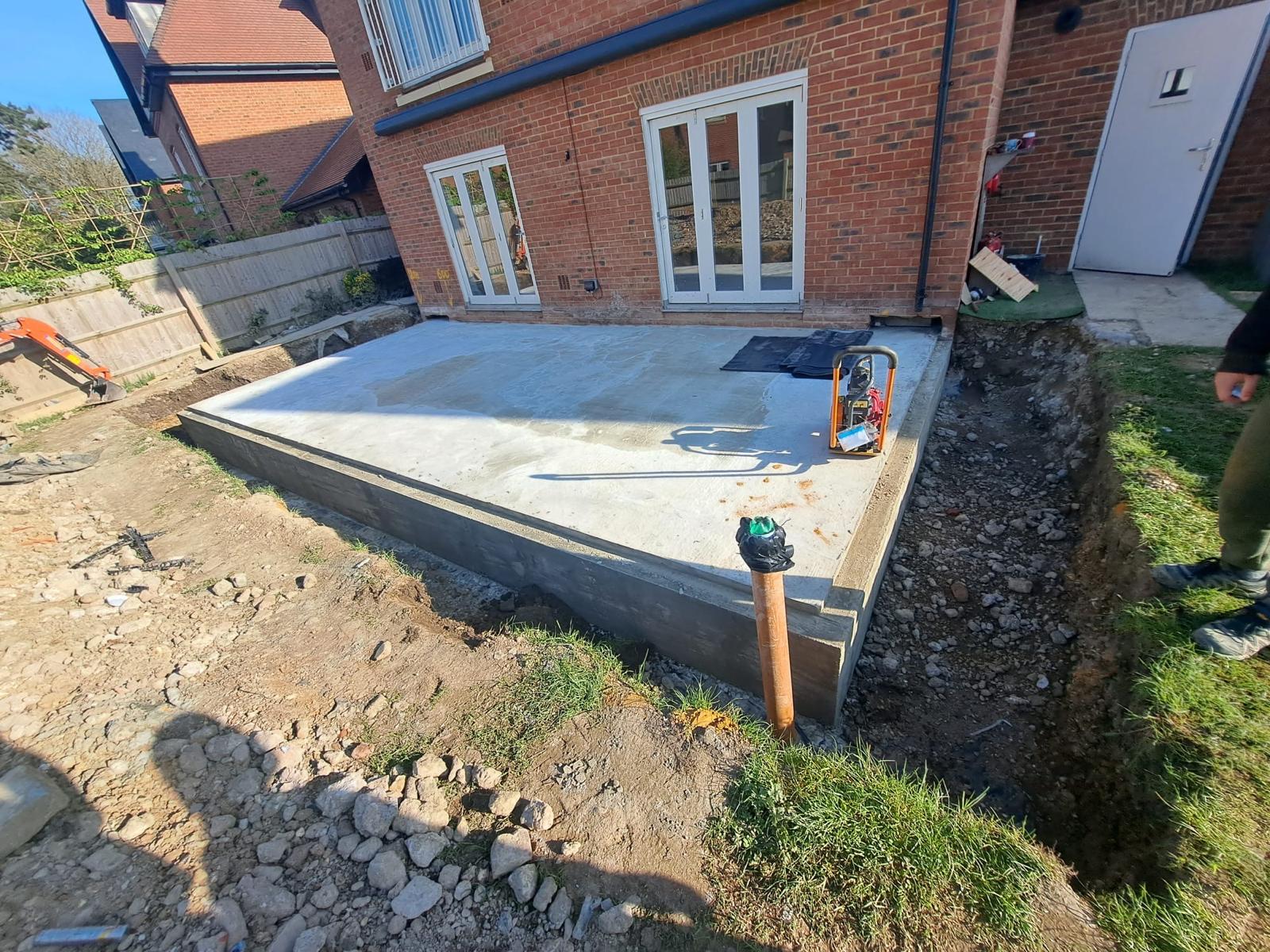Slipforming Reinforcement: Modern Construction Made Easy
September 11, 2025

Slipforming Reinforcement: Modern Construction Made Easy
You have less time to deliver fully furnished, strong building. Slipform reinforcement, though not new in construction, allows you to build a strong structure fast and accurately. If you are building a silo, cooling tower or a building more than seven stories high, find a slipform contractor now.
You might be wondering, "What’s the fuss about slipform reinforced?" Can’t I go with traditional jump form style? Yes, of course you can follow the traditional way. But taller concrete structures need more time, resources and expert labourers to get it done on time, and traditional reinforcement takes way more time than slipform.
So how does it work? Let’s get into the core of the discussion without further ado.
Slipform Reinforcement in Brief
Unlike jump form (where formwork jumps from one level to another), formwork slowly lifts while concrete is extruded into it. To lift the formwork slowly and keep it steady, engineers use hydraulic jacks and jack rods.
They also monitor the rate at which concrete is poured and the speed of the upward-moving formwork. The setting rate of the concrete determines how fast the form should go up.
What will happen if they don’t maintain the balance between the concrete setting speed and the upward speed of the form? The structure will collapse. As the concrete sets, it becomes stronger and can support another layer of concrete. And in the meantime, it needs support from the steel formwork.
At each stroke of concrete extrusion, the slipform moves nearly 25mm (project engineers might change the rate as well). Don’t worry, even at this rate, your building will finish faster than the traditional method.
Let’s move to the next section and introduce you to the benefits slipform offers in modern construction.
Slipform Benefits
Let’s say you are building a tall multi-story building. It will need a lift to go up and down easily. You can use the slipform reinforcement technique to make the lift shaft even before the construction of the building is done. Now, if needed, engineers can go up and down the building for better inspection and construction planning. Imagine building a structure that is monolithic and joint-free, thereby increasing its overall structural strength. Besides, you save a lot of time with this technique. No need for manual labor to install the formwork, strip it down and then reinstall it for the next level of concrete casting.
Moreover, you will not need many workers to complete the construction process. Once settled, the process is automatic, so it’s faster than other forms of construction.
Although it’s an automatic construction process, you will need experienced workers to complete slipforming construction safely. Let’s see how experienced workers help.
Workers With Experience
Slipform might be an automated process, but it needs continuous monitoring. Workers and site engineers ensure that the upward-moving speed of the form is in sync with the time of the concrete becoming solid.
At the same time, workers reinforce steel rods into the structure from above to make it strong. Without on-the-job expertise in slipformin,g construction workers cannot perform the task effectively. Handling the equipment at such a height while maintaining the correct structural form with a laser requires expert handling. Besides, it takes proper structural knowledge and calculation to build a large structure like silos or a cooling tower.
But this method of reinforcement is not challenge-free.
Challenges of Slipforming Reinforcement
Imagine working on a slipform platform to build a tall cooling tower or working on a lift shaft of a building that is more than seven stories high. Any worker with altitude sickness is unfit to work at such a height. Moreover, those who work in such projects must follow safety precautions. They should wear protective gear, such as a construction helmet and a harness, to protect themselves from falling. All the tools that they might carry should be attached to the workers with a wire so that the tools may not fall and injure other workers.
On the other hand, heavy downpour might be a challenge if an additional roof or tarpaulin is not used. If you live in an area with heavy downpour, arrange for a temporary roof to continue the work.
In a Nutshell
If you are building a tall building in a short time frame, use slipform reinforcement. It’s fast and can build a concrete structure without a joint section. Hence the monolithic structure is stronger than jumpform concrete building. No need to say it’s faster.